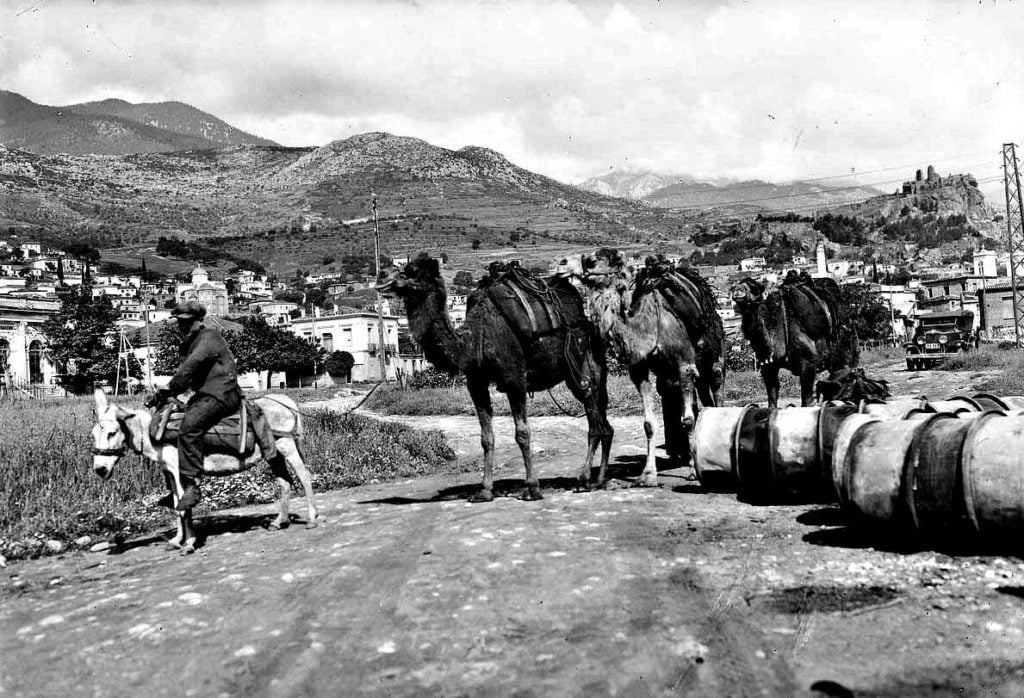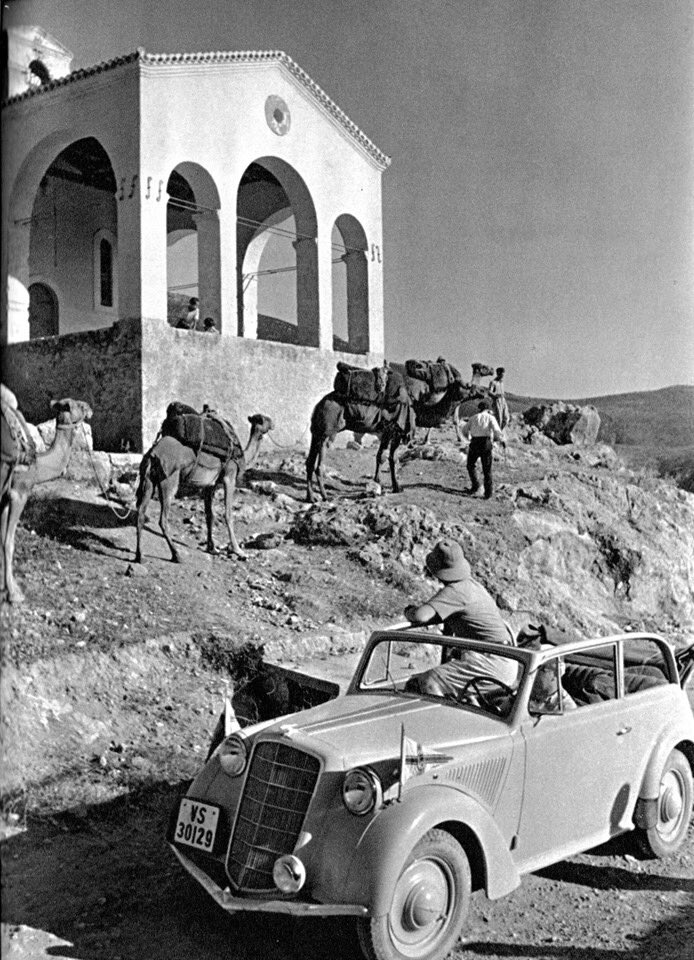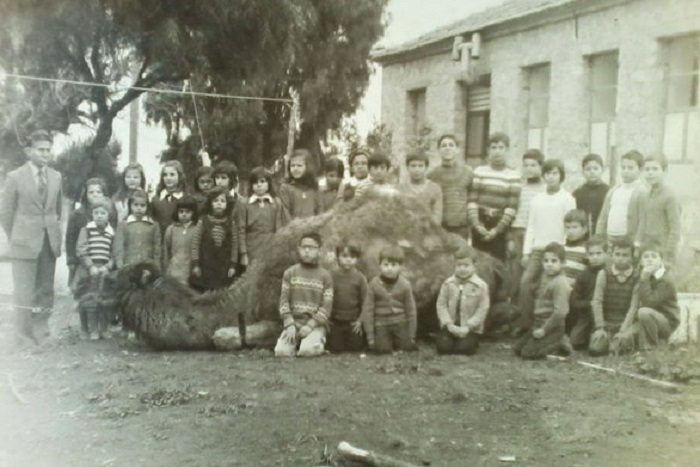
Once upon a time, many decades ago, when burning wood was the only means of warmth, load-carrying camels were not an uncommon sight in rural Greece.
Most of the camels in Greece were found in Thrace, and their numbers increased after the 1923 population exchange between Turkey and Greece. In the Rhodope mountains in particular, camels were very common in agricultural communities.
The most well-known were those belonging to camel driver Velitin Deveci, who lived in Komotini. Deveci’s camels were able to go to the most inaccessible areas of the Rhodope Mountains to transfer wood back to the city.
Α camel can travel roughly 22 to 25 kilometers (14 to 16 miles) carrying heavy loads. Deveci had ten camels with which he mainly transported firewood from the mountains and sold it in the Komotini area. He sold it door to door to houses of both Christians and Muslims.
From the years of the Ottoman Empire, the family of Velitin Deveci was the most famous and wealthiest family in Komotini due to the camels they owned. The Deveci family was one of the oldest in Komotini, and driving camels was their profession. After all, Deveci actually means “camel driver” in the Turkish language.

Camel driving persisted as the family occupation of choice until 1968 when Velitin Deveci passed away and the last camel owned by the family was sold and slaughtered for meat consumption.
Mehmed Devetzioglou, the son of Velitin Deveci, was raised among camels and became a veterinarian. It was his ancestors’ profession that served as inspiration. According to him, camels survive just about anywhere, as they require little water, and consume anything from dry bushes to wild greens and thorns.
Camels in Greece replaced by mules, then cars

Eventually, roads came to be built in Rhodope, and mountainous areas were no longer inaccessible. As a result, in the 1960s, trucks replaced camels in transporting wood to the city.
It was no longer convenient to maintain camels in Rhodope; yet, their slaughter, on the other hand, was banned. However, Devetzioglou pulled some strings, and a permit was finally issued for the family’s camels to be sold to a slaughterhouse. Thus, the last camels of Komotini were made into sausages.
Aside from Komotini, camels also existed in Amfissa in Central Greece where they had been bred since Ottoman rule and used for the transportation of agricultural products.
However, there too, they were replaced by mules in the first decades of the 20th century and, later on, by trucks, as the road network was constructed and camel caravans disappeared from the Greek landscape altogether.
See all the latest news from Greece and the world at Greekreporter.com. Contact our newsroom to report an update or send your story, photos and videos. Follow GR on Google News and subscribe here to our daily email!



